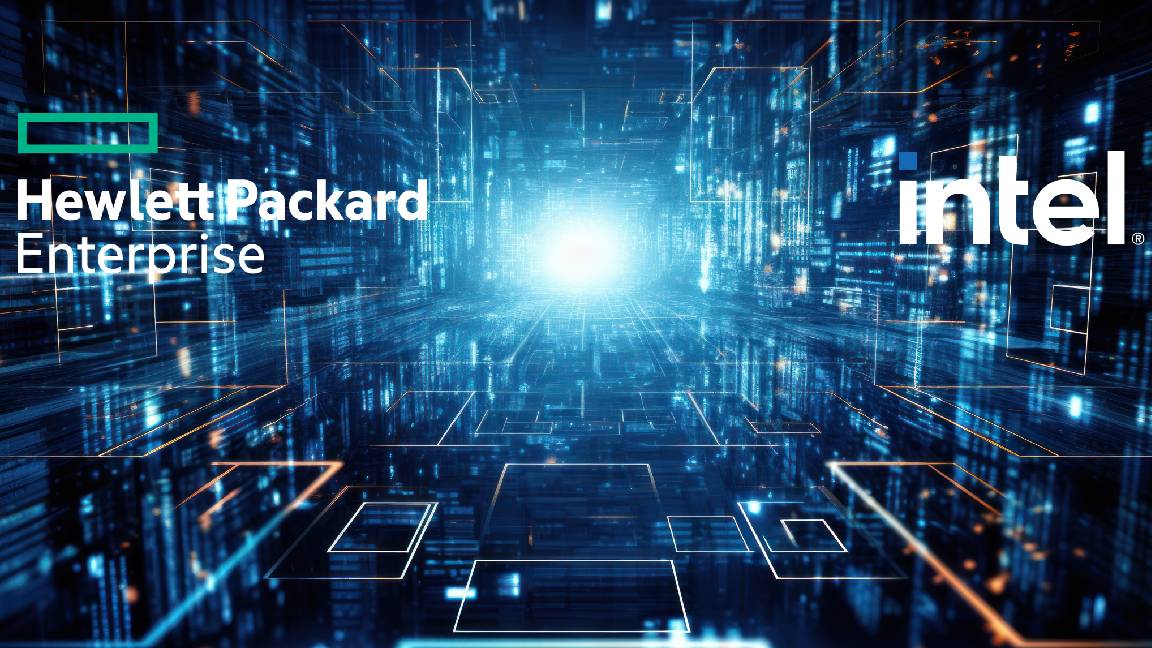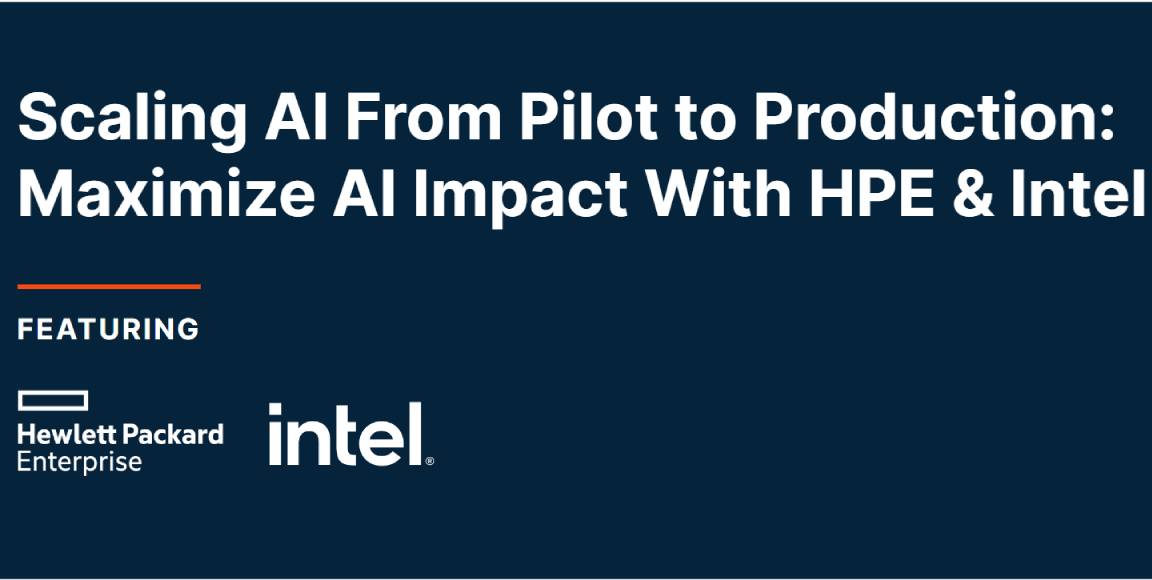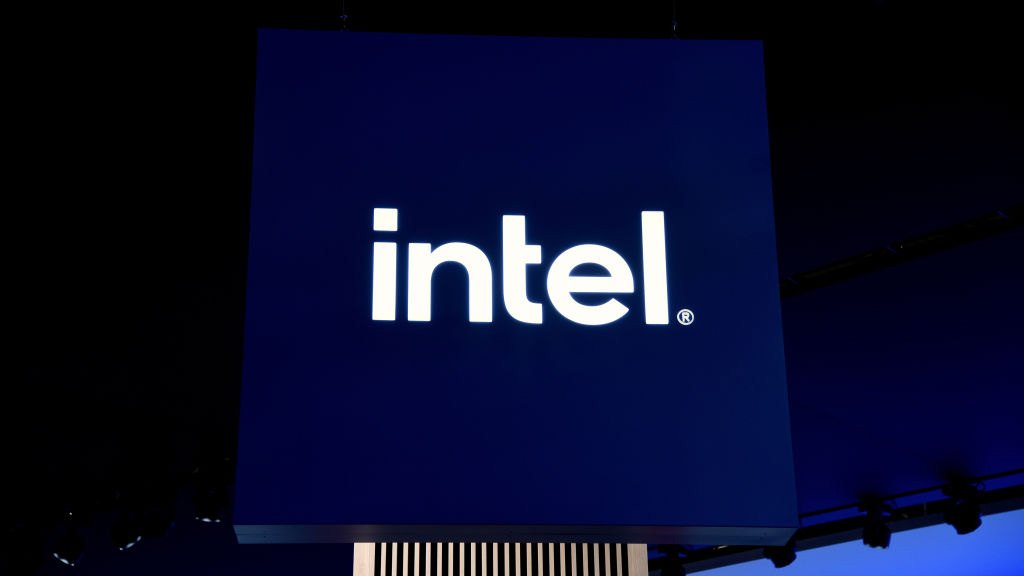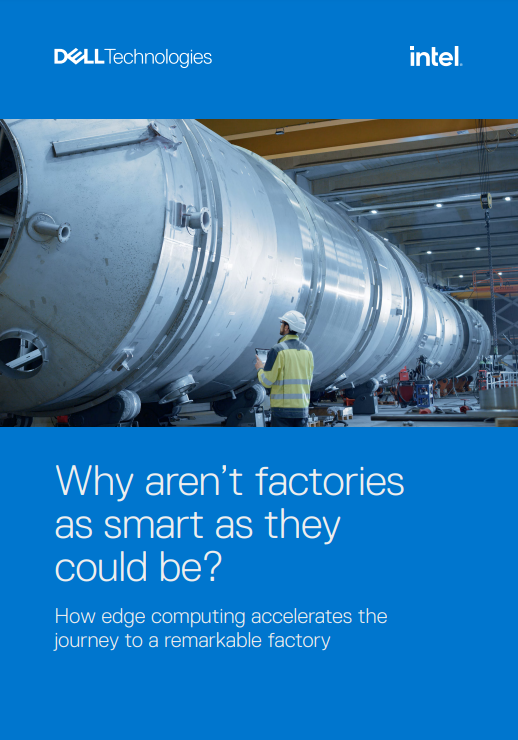Intel reaffirms Sandy Bridge for early 2011
The chipmaker may have already let a lot of information slip through the net about its next release, but it has used IDF to set in stone some of the key aspects and the company's vision for the future.


Intel's Sandy Bridge architecture is set to "revolutionise the PC again," according to the company's chief executive (CEO).
During the opening keynote of the Intel Developer Forum (IDF), Paul Otellini, CEO of Intel, spoke of a future filled with multiple mobile devices and a challenge to ensure interoperability and performance for them all.
"A seamless experience for devices is becoming more and more urgent and we as an industry haven't solved this yet," he said.
However, Otellini claimed his company was making the right steps with a move towards becoming a solutions providers, rather than just a provider of silicon.
"We want to provide consistency [and] in order to deliver on this... we are changing as a company," he said. "We are becoming a solutions provider. You will see us deliver and develop more complete hardware and software solutions than we ever have in the past and [develop] our services."
It didn't take long for the company's executives to return to its comfort zone, however, as David Perlmutter, executive vice president of the Intel Architecture Group, took to the stage and spoke passionately about Sandy Bridge.
"This is a unique one," he said. "With this one, we are very much putting together all that is required, the whole system of a PC on one processor."
Get the ITPro daily newsletter
Sign up today and you will receive a free copy of our Future Focus 2025 report - the leading guidance on AI, cybersecurity and other IT challenges as per 700+ senior executives
The key aspect of Sandy Bridge that Perlmutter focused on was the improvements to its turbo boost technology. Previously it had allowed one core of a chip to break through the clock speed whilst other cores were not in use. However, a thermal limit meant this was only possible with one core at a time and the overclock was limited.
"Sandy Bridge uses more capabilities and goes beyond the limit," he said, with the new architecture breaking the thermal boundaries and enabling more than one core to overclock simultaneously.
The desktop processors in the range will ship "in very high volumes," according to Otellini, from early 2011. Server versions of the chips are on the cards but won't come until later in the year.
Work is already well underway on Intel's next project, code-named Ivy Bridge, which will cut the current 32nm chip size down to 22nm. Details were sparse, but Otellini revealed this would be due in the latter half of 2011.
Jennifer Scott is a former freelance journalist and currently political reporter for Sky News. She has a varied writing history, having started her career at Dennis Publishing, working in various roles across its business technology titles, including ITPro. Jennifer has specialised in a number of areas over the years and has produced a wealth of content for ITPro, focusing largely on data storage, networking, cloud computing, and telecommunications.
Most recently Jennifer has turned her skills to the political sphere and broadcast journalism, where she has worked for the BBC as a political reporter, before moving to Sky News.
-
 Should AI PCs be part of your next hardware refresh?
Should AI PCs be part of your next hardware refresh?AI PCs are fast becoming a business staple and a surefire way to future-proof your business
By Bobby Hellard
-
 Westcon-Comstor and Vectra AI launch brace of new channel initiatives
Westcon-Comstor and Vectra AI launch brace of new channel initiativesNews Westcon-Comstor and Vectra AI have announced the launch of two new channel growth initiatives focused on the managed security service provider (MSSP) space and AWS Marketplace.
By Daniel Todd
-
 Gaining timely insights with AI inferencing at the edge
Gaining timely insights with AI inferencing at the edgeWhitepaper Business differentiation in an AI-everywhere era
By ITPro
-
 Scaling AI from pilot to production: Maximize AI impact with HPE & Intel
Scaling AI from pilot to production: Maximize AI impact with HPE & IntelWhitepaper Transform AI proof-of-concepts into full-scale implementations
By ITPro
-
 UK supercomputer boom as HPE and Dell receive funding for new AI cluster
UK supercomputer boom as HPE and Dell receive funding for new AI clusterNews The UK’s AI computing capabilities will increase by an order of magnitude in 2024
By Rory Bathgate
-
 AI gold rush continues as Hugging Face snags $235 million from IBM
AI gold rush continues as Hugging Face snags $235 million from IBMNews The investment round, which brings the company's valuation to $4.5 billion, also includes Amazon, Google, Intel, and Salesforce
By Richard Speed
-
 Why is ASUS reviving Intel’s NUC mini-PC line?
Why is ASUS reviving Intel’s NUC mini-PC line?News The diminutive PC is to rise again while analysts look for the business case
By Richard Speed
-
 Intel targets AI hardware dominance by 2025
Intel targets AI hardware dominance by 2025News The chip giant's diverse range of CPUs, GPUs, and AI accelerators complement its commitment to an open AI ecosystem
By Rory Bathgate
-
 Why aren’t factories as smart as they could be?
Why aren’t factories as smart as they could be?Whitepaper How edge computing accelerates the journey to a remarkable factory
By ITPro
-
 Who needs Intel vPro®, An Intel® Evo™ Design, anyway?
Who needs Intel vPro®, An Intel® Evo™ Design, anyway?Sponsored With flexible work on the up, the demand for high performance on-the-go business laptops has never been greater
By ITPro